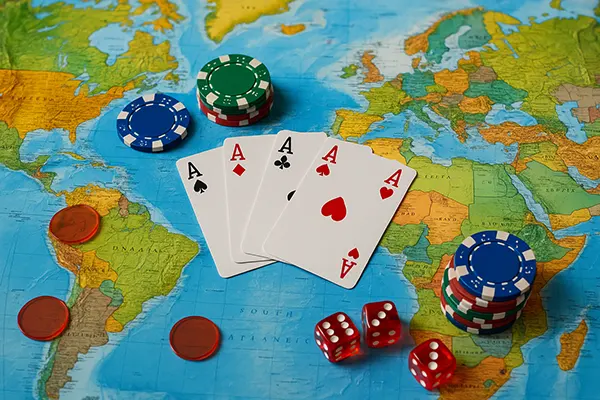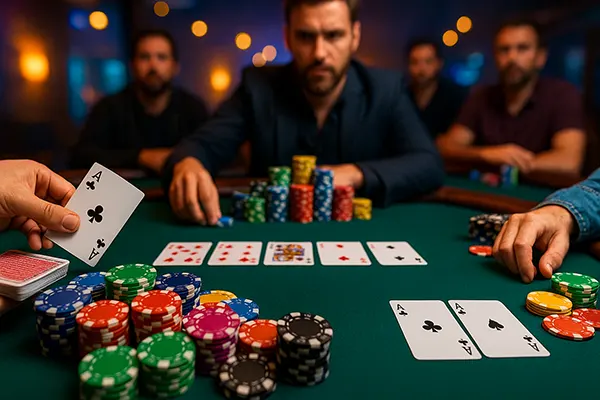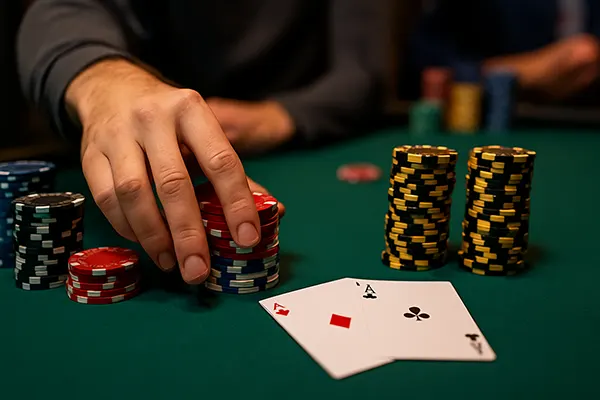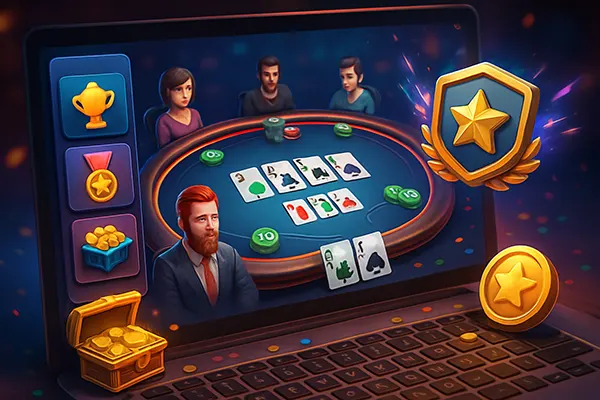
Gamification of Poker: Why Modern Players Need More Than Just Cards
The landscape of online poker has transformed drastically over the past decade. What once revolved purely around strategy, odds, and card-reading has now evolved into a multi-dimensional digital experience. Gamification — the integration of game-like mechanics into non-game contexts — has emerged as a central trend, reshaping how players engage with poker platforms. Today’s users, especially millennials and Gen Z, expect more than a traditional card game; they want narratives, achievements, and interactive progress that mirror their experiences with mobile games and social apps.
Evolution of Player Expectations in the Digital Age
Contemporary poker enthusiasts no longer view the game as a solitary competition based solely on skill. Instead, they seek dynamic environments that reward participation, enhance interaction, and introduce variety. The rise of social media and mobile gaming has recalibrated their standards for engagement. As a result, modern poker platforms are embracing gamification elements such as missions, leaderboards, and custom avatars to keep users immersed.
These expectations are not whimsical; they stem from a behavioural shift. Younger players value instant gratification and visual stimulation. They are used to feedback loops — like streaks, daily rewards, or unlockable content — which make digital experiences more rewarding. Traditional poker, without innovation, risks becoming obsolete in this context.
Platforms that lag in adapting their interfaces and features often experience dwindling retention rates. A slick user interface alone is no longer sufficient. It’s the layered, game-inspired experiences that convert occasional visitors into loyal community members.
Incorporating Missions, Levels and Rewards
Daily missions and achievement systems are among the most impactful features borrowed from video games. By completing tasks — such as playing a set number of hands or achieving specific outcomes — users gain tokens, experience points or badges. These mechanics incentivise consistent engagement, transforming short gaming sessions into long-term journeys.
Levelling systems further deepen this engagement. Players ascend through tiers based on activity and performance, often unlocking privileges such as custom tables, exclusive tournaments, or visual upgrades. This taps into the innate human desire for progress and status recognition.
Reward loops encourage players to return daily, increasing platform stickiness. Free spins on prize wheels, loot chests, and cashback boosts on reaching milestones ensure that users feel their time and effort are valued beyond monetary winnings.
The Social Side of Gamified Poker
In traditional poker, human interaction was integral. With online play, this aspect diminished. However, gamification has begun restoring the social dimension. Features like global and private chat, emoji reactions, and friend challenges foster real-time interaction and camaraderie.
Clubs, teams or clans have emerged as community-based features. Players join factions and contribute to collective achievements. Weekly team tournaments or leaderboards build competitive spirit while nurturing a sense of belonging — a crucial factor in long-term retention.
Social reputation systems are also gaining traction. Players earn credibility not only through victories but by being helpful, respectful, or supportive to peers. This encourages positive community behaviour, reducing toxicity and enhancing user satisfaction.
Influence of Streaming and Content Creation
The crossover between gamified poker and content creation is profound. Players now live-stream their sessions, complete with overlays displaying achievements, missions and levels. This not only boosts visibility of the game but makes poker more relatable and entertaining to broader audiences.
Streaming platforms like Twitch and YouTube have enabled influencers to create tutorials, challenges, and episodic journeys within poker apps. These narratives encourage viewers to join and participate, further embedding them into the ecosystem.
This synergy creates a feedback loop — streamers benefit from increased viewership, platforms benefit from user acquisition, and audiences gain entertaining and educational content. Gamification is the common denominator making it all seamless and compelling.
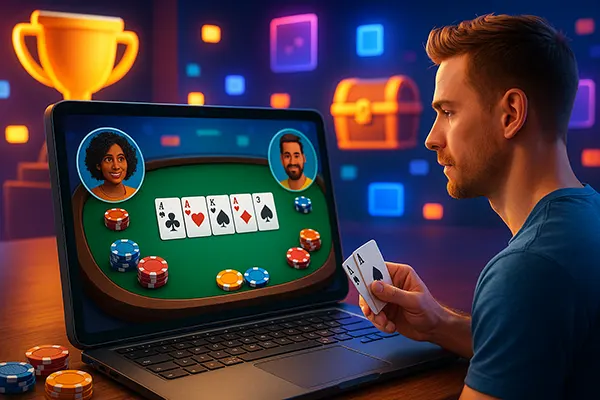
Responsible Gaming and Personalised Experiences
While gamification boosts engagement, it must be handled with care. Integrating responsible gaming tools is vital. Systems that remind players of their time spent, prompt deposit limits, or encourage breaks can be layered within the gamified framework to ensure safe enjoyment.
Moreover, personalisation is a growing trend. Modern platforms utilise data to recommend challenges, table types, or tournaments based on the user’s behaviour. This enhances relevance, making the experience feel tailored rather than generic.
Gamification, when combined with AI-driven insights, allows operators to create intelligent onboarding paths, custom interfaces, and goal-based incentives that resonate with specific player profiles. This blend of technology and game mechanics leads to a more respectful and sustainable player experience.
Regulation and Transparency
Regulatory bodies have begun scrutinising gamified elements, particularly those that might encourage excessive play. Operators must ensure transparency — clearly explaining how points are earned, what odds apply to spins, or what criteria are used in missions.
Certification from independent auditors can enhance credibility. Displaying fairness badges or RNG audits reassures players, building trust. Clear opt-out options and settings for limiting notifications or bonus prompts are also critical to compliance.
Ultimately, the aim is to create immersive yet ethical poker ecosystems. Platforms that balance entertainment with accountability will shape the next chapter of digital poker evolution.


